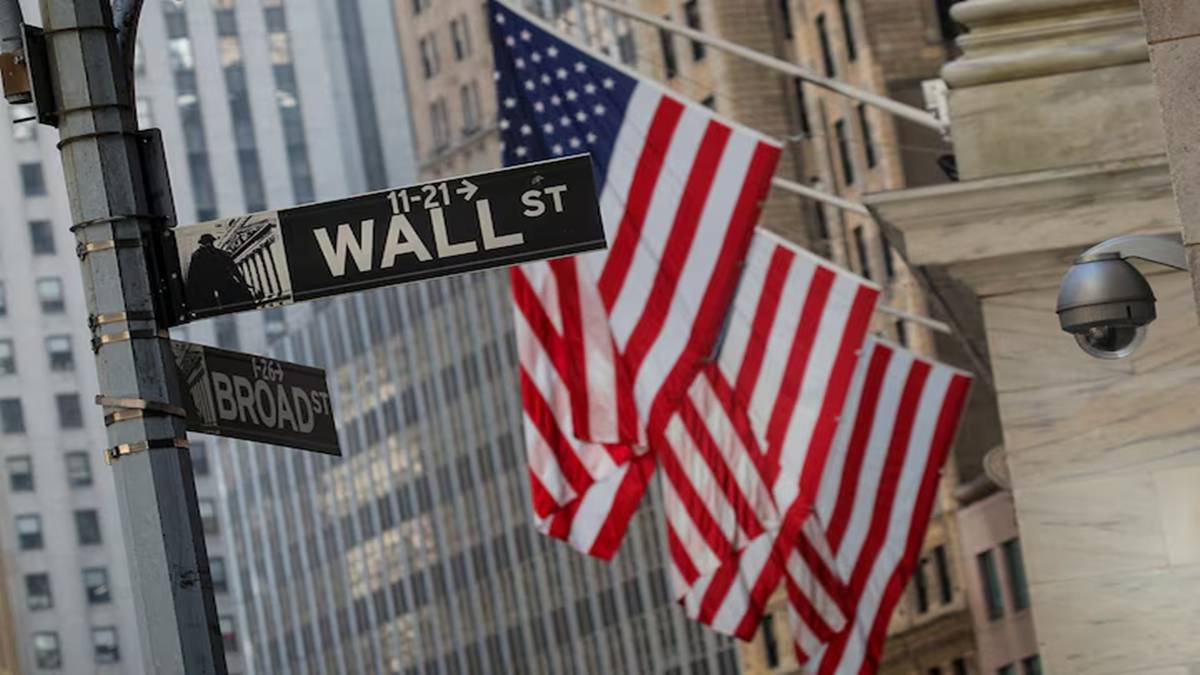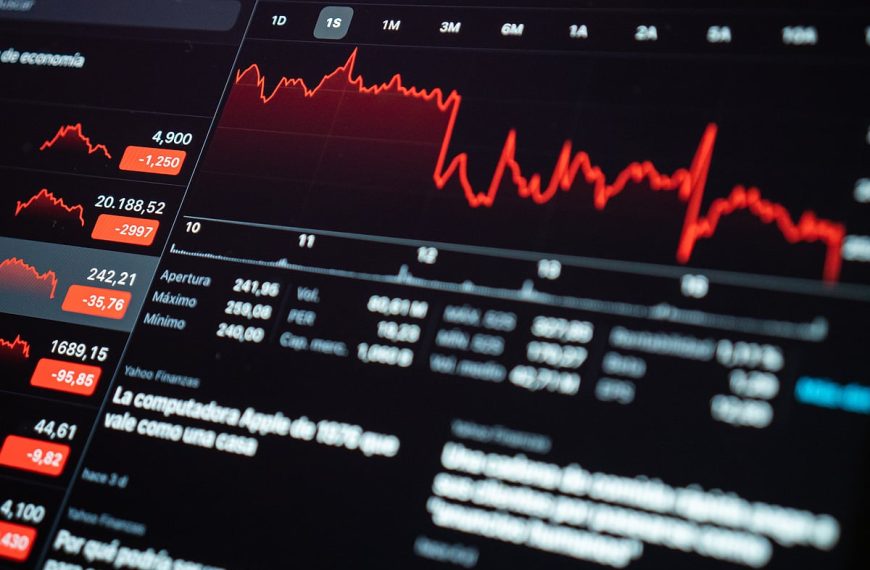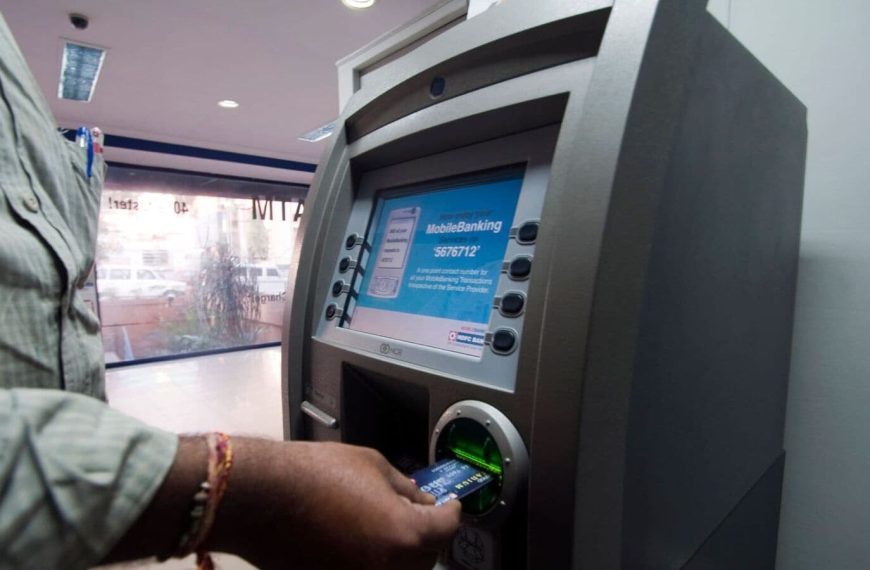The euphoria that swept through financial markets just a day ago has evaporated, leaving investors bewildered. After a brief surge fueled by news of a global tariff pause, the reality hit hard: the S&P 500 nosedived by 3.5%, while the Dow Jones plummeted over 1,000 points. The Nasdaq also took a significant hit, dropping 4.3%—one of the most severe trading days since the turbulent market events of 2020. This downturn was triggered by an unexpected clarification from the White House, indicating that tariffs on Chinese imports had actually risen to an alarming 145%.
Wall Street’s Reaction to Tariff Miscommunication
As the global economy appeared to receive a temporary break from tariffs for 90 days, China—America’s third-largest import partner—saw its tariffs compounded instead. This revelation sent shockwaves through the market, revealing that the anticipated relief was far from reality. Bhanu Baweja, a strategist at UBS, expressed this sentiment in a report, stating, “While Trump may seem to step back, the repercussions remain significant.”
Market Meltdown: Investor Concerns Grow
With the fear of extended trade conflicts looming, investors are now on the lookout for companies that can withstand the pressures of these tariffs. Apple, a cornerstone for many portfolios, is under scrutiny as it relies heavily on Chinese manufacturing for its products. The tech giant’s stock saw a mid-day decline of 6%, ultimately closing nearly 5% lower, despite an earlier surge of 15%.
Francis Lun, CEO of Geo Securities, remarked, “The market remains incredibly volatile with unpredictable moves from Trump, and the looming threat of recession hasn’t dissipated.”
Rising Uncertainty Drives Investors to Safety
Market analysts attribute the sudden sell-off to a climate of frustration and confusion among investors grappling with the unpredictable nature of Trump’s trade policies. “This is a market filled with uncertainty and frustration about the direction we’re heading,” stated John Canavan from Oxford Economics. In search of more secure investments, many opted to liquidate their positions, turning toward cash or less volatile assets.
Vail Hartman, a strategist at BMO Capital Markets, emphasized that although the immediate impact of tariff-driven inflation might have softened, the long-term effects remain uncertain. “The connection between increased tariffs and realized inflation is yet to be fully understood, and clarity likely won’t emerge before the end of the 90-day pause.”
Sector-Wide Declines Signal Investor Anxiety
The sell-off was widespread, with all significant sectors—except for consumer staples—ending in the red. The technology and energy sectors faced the brunt of the damage, with notable drops from tech giants. Here’s a snapshot of the losses:
- Nvidia: Down 8%
- Apple: Down 6.5%
- Amazon: Down 7%
- Tesla: Down 10%
- Meta: Down 7%
- Alphabet: Down 4.2%
- Netflix: Down 4.1%
Broader Economic Impact: Dollar Weakens, Tensions Rise
The turmoil didn’t stop at the stock market. The U.S. dollar fell to a 10-year low against the Swiss franc, while China retaliated by limiting the number of American films screened in its theaters. Meanwhile, the 84% tariff on U.S. goods remains firmly in place, escalating tensions further.
Tariff Pause Excludes China
Trump’s so-called tariff pause failed to assuage market fears primarily because it overlooked the critical factor: China. With tariffs on Chinese goods still astronomically high, worries about inflation, economic slowdowns, and geopolitical instability continue to unsettle investors.
In a cryptic remark on Thursday, Trump alluded to both markets and machinery, stating, “These are machines, and they break.”
The turmoil witnessed on Wall Street underscores that the anticipated tariff relief did little to stabilize the financial landscape, leaving investors in a state of heightened alert as they navigate these turbulent waters.











